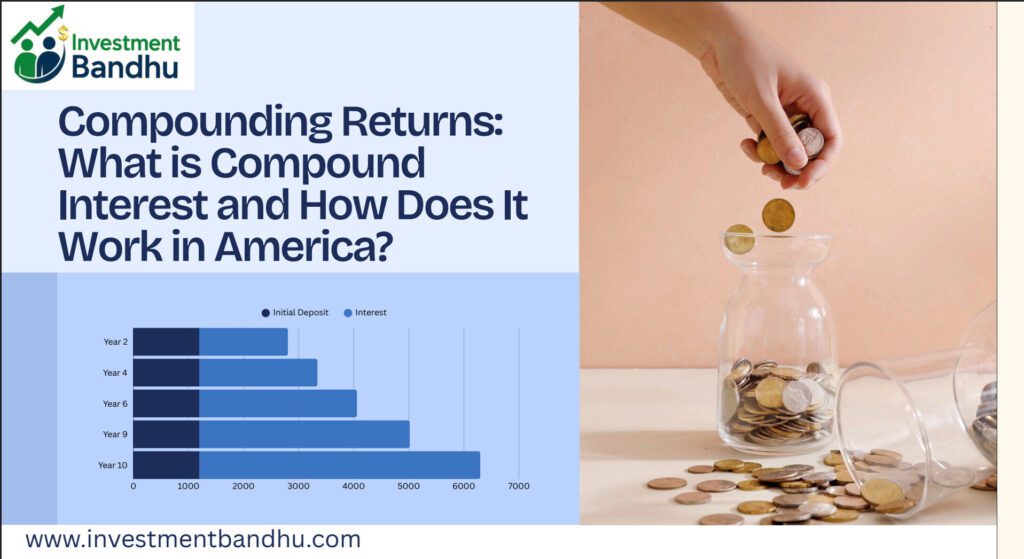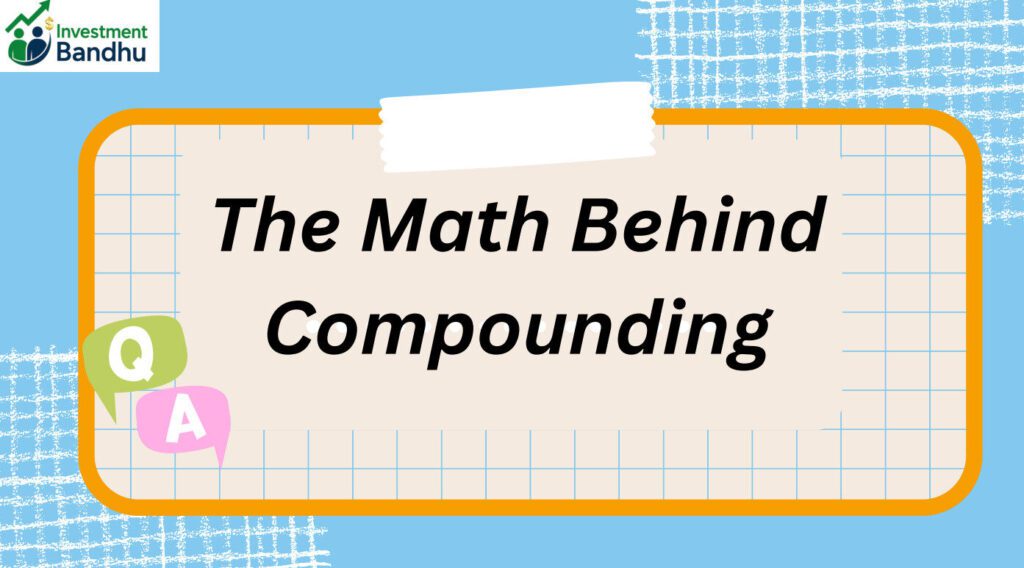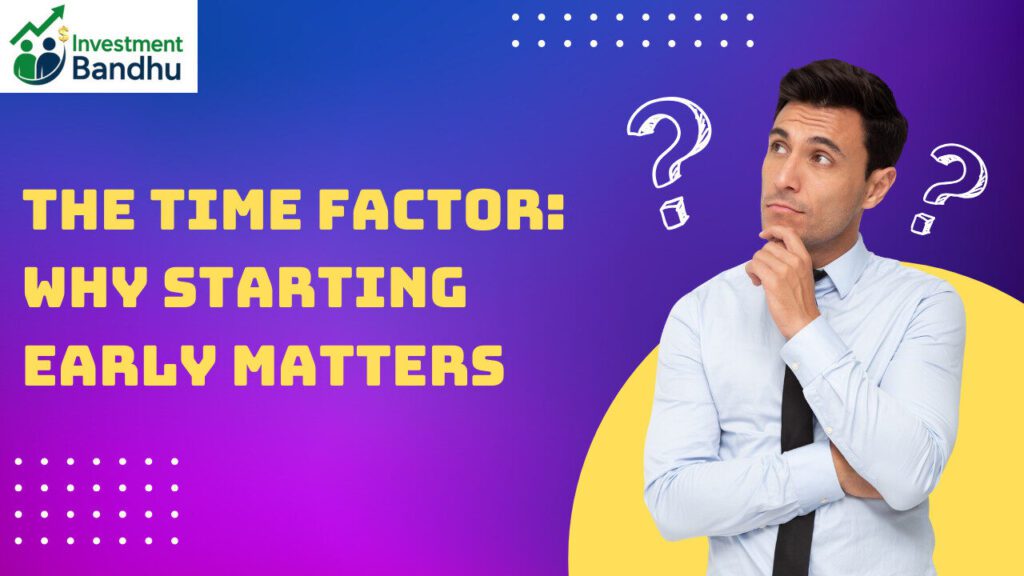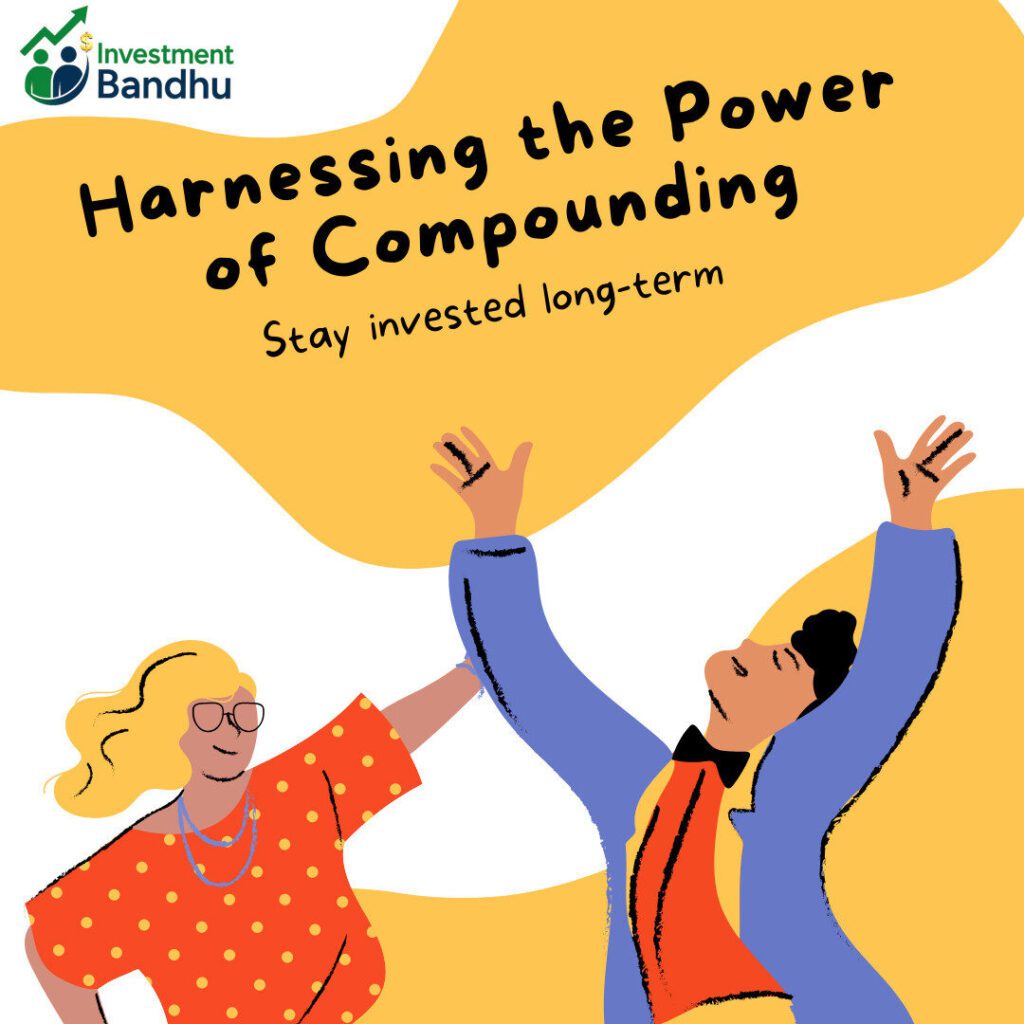
Learn how compound interest works in America, why it’s called the “eighth wonder of the world,” and how it can transform savings, investments, and retirement over time
If there is one financial principle that has quietly built fortunes across generations, it’s compound interest. Often referred to as the “eighth wonder of the world”, compound interest is both simple and profound: it allows your money to make money, and then that new money makes more money. Over years and decades, this snowballing effect can turn small savings into significant wealth.
In America, compound interest shapes nearly every aspect of personal finance—whether it’s saving for retirement, paying down a mortgage, investing in the stock market, or even borrowing on credit cards. Understanding how compounding works isn’t just useful; it’s essential for financial independence.
This article takes a deep dive into what compound interest is, how it works in the U.S. context, the difference it makes compared to simple interest, and how individuals can use it to their advantage.

What is Compound Interest?
At its core, compound interest is the process where you earn interest not just on your initial money (the principal) but also on the interest that accumulates over time.
Imagine planting a single seed. That seed grows into a tree, which produces fruit. Inside each fruit are more seeds, and when planted, they grow into more trees. Compound interest works the same way—your original money generates growth, and that growth itself becomes fuel for future growth.
Simple Interest vs. Compound Interest
To understand compounding better, let’s compare it to simple interest.
- Simple interest only pays you based on the original principal.
- Compound interest pays you based on both the principal and the accumulated interest.
For example:
- With simple interest, if you invest $10,000 at 5% for 10 years, you’d earn $500 each year. After 10 years, you’d have $15,000.
- With compound interest, that 5% is applied to the growing balance. After 10 years, your balance isn’t $15,000—it’s closer to $16,288.
That extra $1,288 might not look dramatic at first. But stretch it over 30 or 40 years, and the difference is staggering.

The Math Behind Compounding
The formula for compound interest is:
A = P (1 + r/n)^(nt)
Where:
- A = Final amount
- P = Principal (starting money)
- r = Annual interest rate
- n = Number of times interest is compounded per year
- t = Time in years
How Compounding Works in America
In the U.S., compounding plays a role in nearly every financial product:
1. Savings Accounts
Traditional savings accounts in American banks compound interest daily or monthly. While interest rates are modest, compounding ensures your money still grows over time.
2. Certificates of Deposit (CDs)
CDs offer fixed terms with compounding built in. The longer you lock in your money, the more you benefit from compounding.
3. Investments
The real power of compounding is in the stock market. Dividends, reinvested into more shares, generate additional dividends. Over decades, this reinvestment creates exponential growth.
4. Retirement Accounts (401(k) and IRA)
In America, retirement planning relies heavily on compound interest. Contributions grow tax-deferred (or tax-free in Roth accounts), and the earlier you start, the bigger the snowball becomes.
5. Debt and Credit Cards
Compounding can work against you, too. Credit card debt compounds daily, meaning unpaid balances grow faster than many people expect. The same principle that builds wealth can also create overwhelming debt.

The Time Factor: Why Starting Early Matters
Compounding rewards patience. The longer your money has to grow, the more powerful the results.
Consider two scenarios:
- Investor A starts at age 25, investing $300 per month until age 35, then stops.
- Investor B starts at age 35, investing $300 per month until retirement at age 65.
Even though Investor A only invested for 10 years, they may end up with more money at retirement than Investor B, thanks to the longer runway for compounding.
Real-Life Examples of Compounding in America
Example 1: Retirement Savings
A 25-year-old investing $5,000 annually into an IRA with an average return of 7% could have more than $1 million by age 65. Without compounding, this would only be $200,000 in contributions.
Example 2: Mortgage Payments
When you pay a mortgage, compound interest works in reverse. A $300,000 mortgage at 6% over 30 years may result in paying nearly $350,000 in interest alone. Here, compounding grows the lender’s profit, not the borrower’s wealth.
Example 3: Credit Card Debt
Carrying a $5,000 balance on a card with 20% interest can quickly spiral if only minimum payments are made. Interest compounds daily, snowballing the debt.
Compounding Frequency: Daily, Monthly, Yearly
In America, different financial products use different compounding frequencies:
- Daily compounding: Common in credit cards and some savings accounts.
- Monthly compounding: Popular in personal loans, mortgages, and many CDs.
- Quarterly or yearly compounding: Seen in some investments and bonds.
The more often interest compounds, the faster balances grow (or debts pile up).
The Psychological Side of Compounding
Numbers tell one story, but psychology tells another. Compounding works slowly at first, which can frustrate investors. Early gains may seem small—just a few dollars or a modest percentage.
But over time, the exponential curve kicks in. Like water heating on a stove, nothing seems to happen for a while, then suddenly the pot boils. In investing, that boiling point often comes after years of steady contributions.
The challenge is staying patient long enough to see the magic unfold.
Inflation and Compounding
In America, inflation plays a huge role in compounding. A 6% return might sound impressive, but if inflation is 3%, the real return is closer to 3%.
This is why investments that outpace inflation—like stocks or real estate—are critical. Simply leaving money in a low-yield savings account may result in losing purchasing power over time, even with compounding.
Taxation and Compound Interest
Taxes also affect compounding in America. Interest earned in regular accounts is taxable yearly, which slows compounding. Retirement accounts like 401(k)s and IRAs allow tax-deferred or tax-free growth, letting compounding work more efficiently.

Harnessing the Power of Compounding
So, how can individuals in America make the most of compound interest?
- Start early – Even small amounts invested young grow into large sums.
- Be consistent – Regular contributions beat occasional lump sums.
- Reinvest earnings – Dividends and interest should be reinvested.
- Use tax-advantaged accounts – IRAs and 401(k)s maximize growth.
- Avoid high-interest debt – Compounding works against you with credit cards.
- Stay invested long-term – Patience is the ultimate accelerator.
The Double-Edged Sword of Compounding
It’s important to remember that compounding is neutral—it doesn’t care whether it helps or hurts you. Used wisely, it builds generational wealth. Ignored or mismanaged, it can trap people in cycles of debt.
Compound interest is more than a math formula—it’s the engine of financial growth in America. From retirement savings to mortgages, from student loans to stock market investing, it quietly shapes the financial future of every household.
The beauty of compounding lies in its simplicity: money grows on top of money. The earlier you start, the more patient you are, the greater the reward.
In 2025 and beyond, Americans who understand and harness compound interest will find themselves not just surviving, but thriving—turning modest beginnings into lasting wealth.
Compound interest may be invisible in daily life, but its impact is undeniable. Whether it’s working for you or against you depends on one thing: how you choose to use it.

Thanks for sharing such a great information.. It really helpful to me..I always search to read the quality content and finally i found this in you post. keep it up!
Good work……. It’s helpful